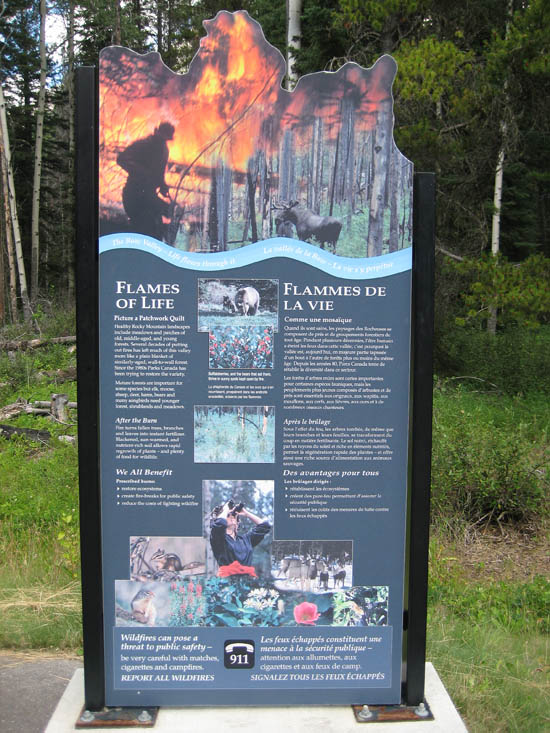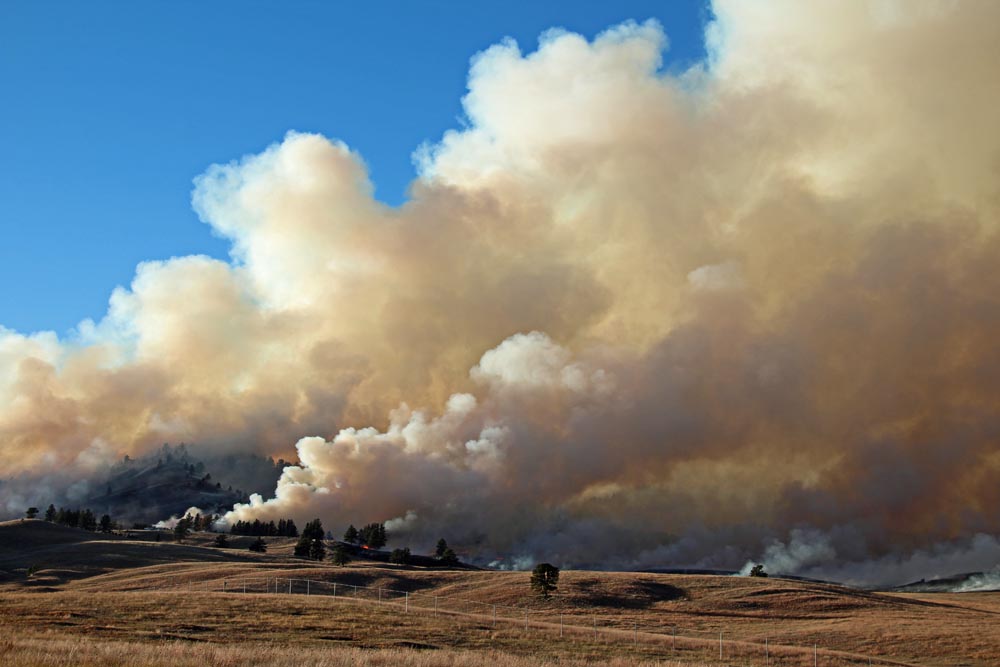According to a summary of the 2014 wildfire season in Canada prepared by Environment Canada, the number of acres burned in the country was three times the 20-year average, due primarily to heavy fire activity in the Northwest Territories and British Columbia.
Here is how they summed it up:
****
“While conditions were not favourable for wildfires in most areas of the country in 2014, it was still a huge wildfire year in Canada. According to the Canadian Interagency Forest Fire Centre, although the absolute number of wildland fires was 10 per cent less than the 20-year average, the area burned was three times higher than the 20-year national average (4.6 million hectares vs. the normal 1.5 million hectares). So even with parts of Canada being, at times, soaked by heavy rains or underwater from floods, the Northwest Territories and British Columbia made up for it all with exceptional warmth and dryness that brought sparks to infernos in no time flat.
In the Northwest Territories it started with a cold winter and scanty snows that left the ground and forest litter dry. With summer came clear skies and record warm temperatures that optimized already perfect conditions for fires to spread. The principal culprit was a stalled ridge of drying air anchored over the Mackenzie River valley for weeks. Temperatures from Tuktoyaktuk to Yellowknife averaged well above historic averages. The Mackenzie region averaged 1.6°C warmer than normal – the seventh warmest summer in 67 years. Yellowknife had 22 days in June and July at or above 25°C, compared to an average of eight, and only two days in June and three in July with rain. In a 91-day span, from the May long-weekend onwards, Yellowknife received only one-half its normal rainfall. As further evidence of the dryness, water levels in the Mackenzie River dropped to some of the lowest seen in more than 30 years.
So it was no surprise to anyone that the Northwest Territories had its worst fire season in 30 years with nearly 3.4 million hectares razed. That’s seven times the normal acreage consumed and six times the size of Prince Edward Island. At the peak of the fire season, smoke, ash and moisture from intense fires travelled as high as 15 km in the air, easily circling the globe. Some plumes travelled south and east affecting air quality in the northern plains of the United States, the Canadian Maritimes and even as far as Portugal. The fires caused a host of problems, including highway closures due to reduced visibility, the destruction of fibre optic cables and the interruption of Yellowknife’s main power supply line.
Health risks were also a concern as the city’s hospital treated twice the usual number of patients for respiratory and allergy issues. Smoke was so thick that, at times, it was hard to breathe indoors with the windows closed let alone venturing outside. Widespread forest fires also stranded visitors and adversely affected busy tourist camps and attractions. In August, firefighters and residents finally got a breather when cooler and wetter weather took hold. Temperatures dropped significantly and rainfall was 50 per cent more than normal for the month.
In British Columbia, an overheated wildfire season scorched the third-biggest loss of timber in the province since authorities began recording wildfire statistics more than 60 years ago. Fires burned more than 338,000 hectares through the province – seven and a half times the normal area charred on average over 20 years. No homes or notable structures were destroyed, but the province more than quadrupled its firefighting budget, spending $266 million.
Conditions for the wildfire season started in 2013 when places like Victoria experienced their driest October-to-December on record. Summer perfected conditions for igniting and spreading wildfires as average temperature across coastal and southern portions of the province made for the third-warmest summer over 67 years of record-keeping and one of the top ten driest summers. Record-high July maximum temperatures soared into the low 40s in several interior communities. Some places claimed it was the driest summer in more than half a century. Among the major fires were those that burned in vast dead pine forests killed by mountain pine beetles or on steep, inaccessible terrain, increasing risks and challenges to firefighters and communities.
Nearly 400 firefighters from Ontario, the Maritimes, Alaska and even Australia pitched in to help. The biggest and most difficult forest fire was near the Chelaslie River south of Burns Lake in northwestern British Columbia. It burned 133,162 hectares, accounting for more than 30 per cent of land burned in the province this year. Another big fire occurred in northern British Columbia near the Alberta border when a lightning strike whipped by strong winds caused 3,800 hectares to burn at Red Deer Creek. And a fire at Smith Creek, west of Kelowna, forced 2,500 people out of their homes. Over the course of the summer a series of smoke advisories and special air quality statements, issued by the province and Environment Canada respectively, were put in place for many regions, including the Okanagan Valley where residents of Peachland were urged to keep small children, the elderly and pets inside. On occasion, even Vancouver and the Fraser Valley were subject to air quality advisories as smoke plumes hung heavy over the skies.
Fortunately, timely rains and cool temperatures from September through October saved British Columbia from a second disastrous forest fire season and brought much-needed moisture to the somewhat water-starved province. Rainfall in Victoria and Vancouver totalled more than 40 per cent above normal, with Vancouver experiencing its wettest September-October in 10 years.”
****

(To see a high resolution 3.8MB version of the above photo, click HERE.)




